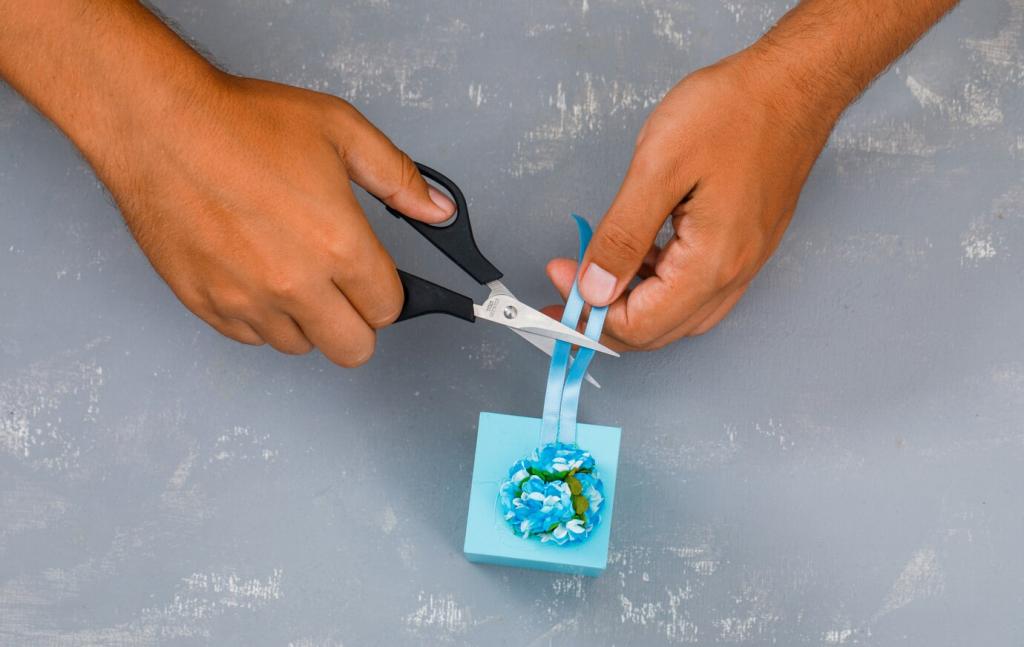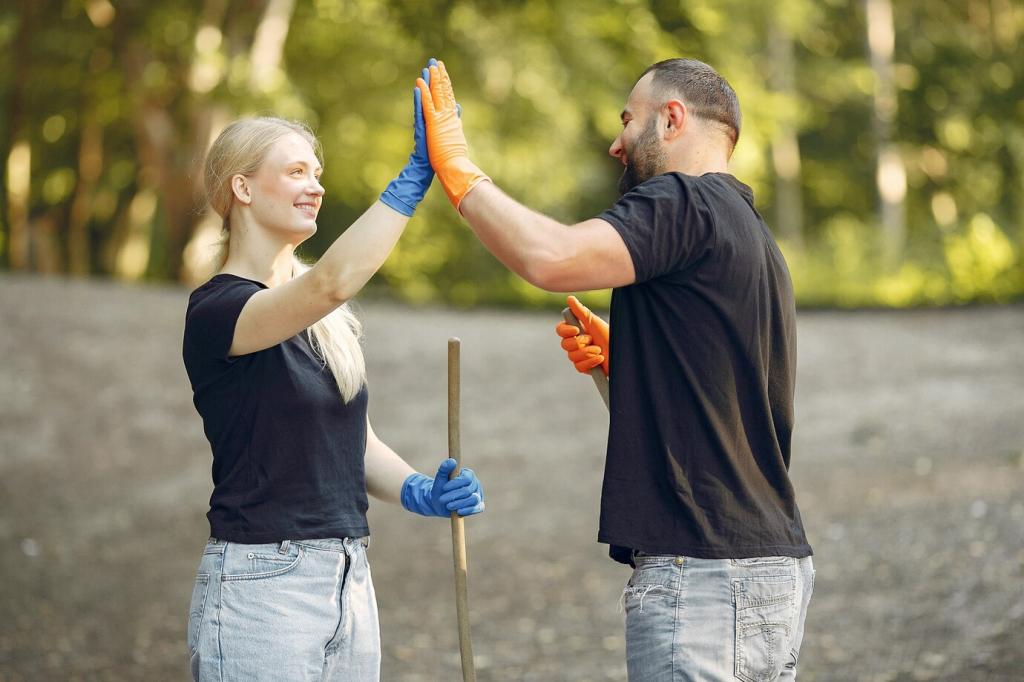
Environmentally Safe Leather Furniture Care
Chosen theme: Environmentally Safe Leather Furniture Care. Welcome to a gentle, planet-conscious approach to preserving the beauty, comfort, and longevity of your leather pieces—without harsh chemicals, needless waste, or complicated routines.
Eco-Safe Basics: Understanding Leather and Gentle Care
Why pH Balance Matters for Environmentally Safe Leather Furniture Care
Leather is sensitive to extremes. Choose mild, pH-appropriate, plant-based cleaners to avoid stripping natural oils. This supports the material’s softness, prevents cracking, and keeps your care routine truly environmentally safe and responsible.
Microfiber and Minimal Moisture for Everyday Upkeep
Dust with a dry microfiber cloth weekly to capture particles without wasteful sprays. When needed, lightly dampen the cloth with distilled water, not soaking, to lift grime while protecting dye, finish, and indoor air quality.
Spot Testing: A Small Step with Major Eco Benefits
Always test in an inconspicuous area before treating a visible panel. Spot testing prevents irreversible damage, saves resources, and keeps your environmentally safe leather furniture care routine prudent, precise, and waste-conscious.
Sustainable Toolkit: Non-Toxic Supplies That Work
Gather a soft microfiber cloth, a small soft-bristle brush, distilled water, and a gentle, plant-derived, pH-appropriate leather cleaner. Add reusable bottles and avoid disposable wipes to reduce plastic, fragrance overload, and unnecessary packaging.


Sustainable Toolkit: Non-Toxic Supplies That Work
Use distilled water with a few drops of a fragrance-free, plant-based leather cleaner formulated for pH balance. Avoid vinegar, olive oil, or heavy DIY concoctions that can damage finishes. Always apply sparingly, never directly, and work slowly.
Conditioning and Protection Without Compromise
Opt for plant-derived, silicone-free, low-VOC conditioners designed for leather. Seek transparent ingredient lists and responsible sourcing. Avoid heavy oils that clog pores and attract dust, undermining both appearance and environmental intentions.


Conditioning and Protection Without Compromise
Apply a tiny amount with circular motions using a clean cloth. Let it absorb, then buff lightly. Conditioning sparingly reduces product use, prevents buildup, and keeps environmentally safe leather furniture care efficient and elegant.


Repair, Don’t Replace: Extending the Life Cycle
For scuffs, use color-matched, water-based leather balms or dyes sparingly, applying thin layers and letting them cure fully. This minimizes solvent exposure while keeping your piece handsome and structurally sound for longer.
Repair, Don’t Replace: Extending the Life Cycle
Deep cracks, seam failures, or foam issues often benefit from experts using low-VOC adhesives and responsible materials. Ask about repair methods and certifications to keep your environmentally safe leather furniture care consistent and credible.
Indoor Air Quality and Safety at Home
Reading Labels and Certifications
Choose fragrance-free, low-VOC formulas from transparent brands. Look for credible certifications or safer-chemistry programs. Avoid vague “green” claims. Clear labeling supports healthier routines and trustworthy environmentally safe leather furniture care.
Ventilate and Time Your Cleaning
Open windows or run a HEPA purifier during and after cleaning. Schedule care when rooms are less occupied. Thoughtful timing preserves comfort, reduces exposure, and protects the quiet ritual of caring for leather responsibly.
Pet- and Kid-Safe Habits
Store products out of reach, keep lids tight, and let surfaces dry before playtime. Avoid aerosolized sprays that linger. Simple rules make environmentally safe leather furniture care easier for busy households with curious companions.
Sustainable Routines You Can Actually Keep
Dust, lightly wipe high-touch areas, and check for dry spots or sun exposure. These quick, consistent steps reduce deep-cleaning needs, product usage, and stress while protecting color and texture naturally.
Sustainable Routines You Can Actually Keep
Once per season, do a fuller clean and minimal conditioning, review placement relative to windows and vents, and inspect stitching. This mindful rhythm sustains environmentally safe leather furniture care without overwhelming your calendar or budget.
